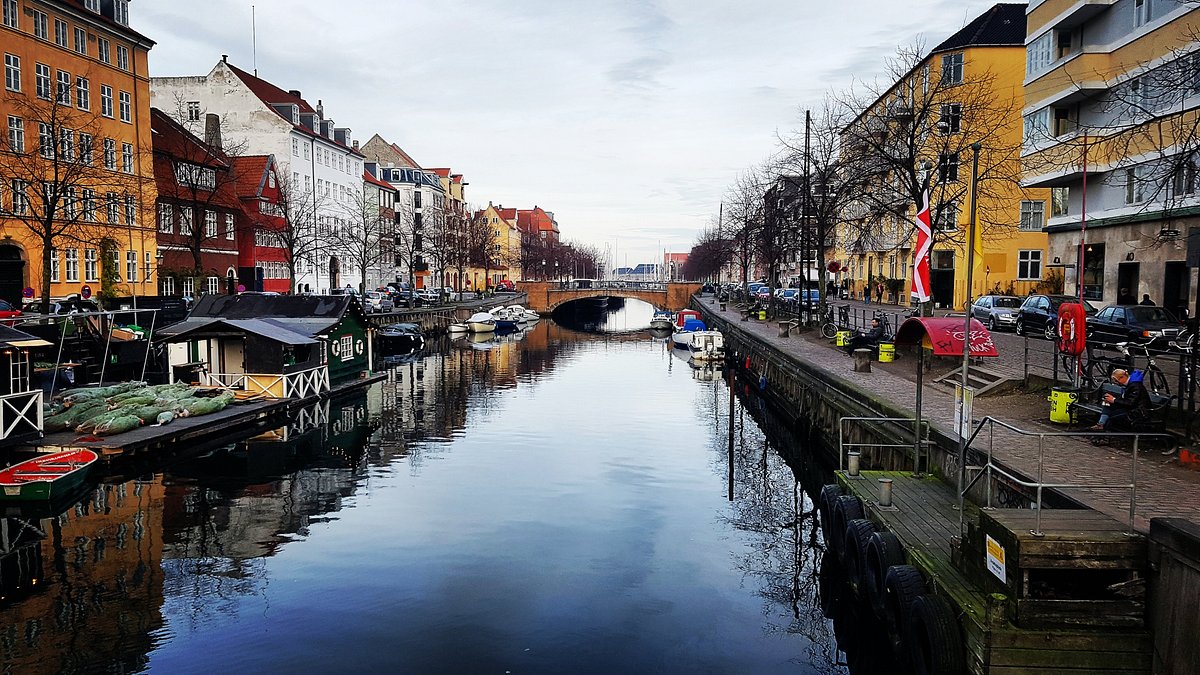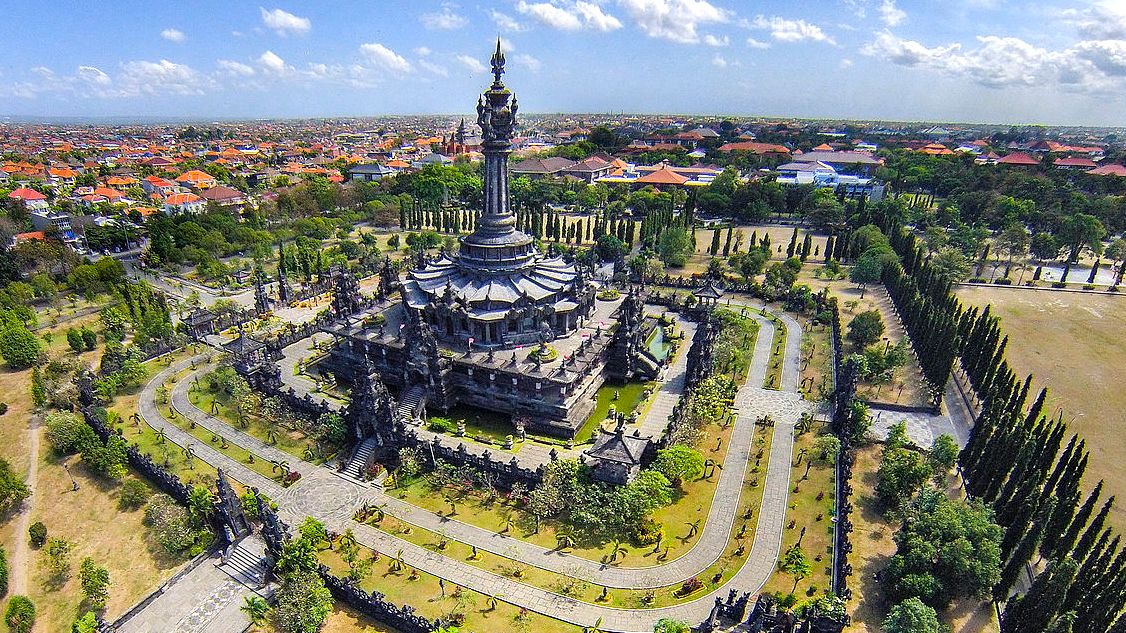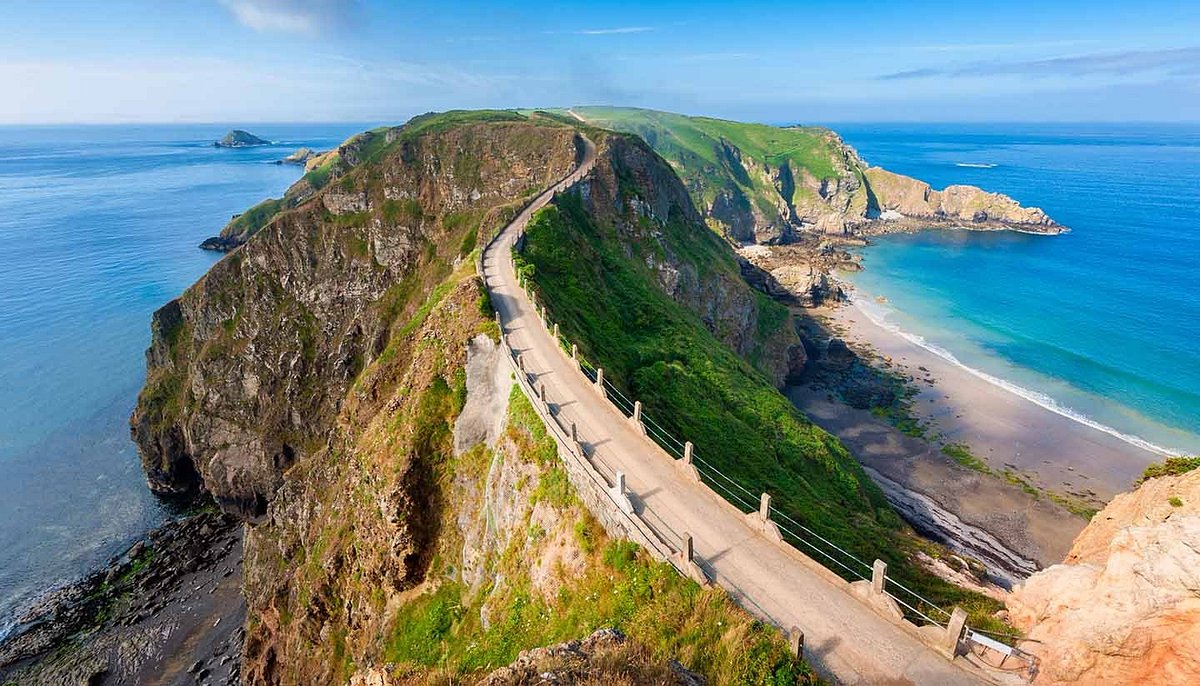The Finger Lakes region in upstate New York isn’t just known for its stunning lakes and wineries—it’s a hidden treasure trove of women’s history. From the Iroquois matriarchs to 19th‑century activists, the region pulsates with stories that shaped the fight for gender equality. This guide explores key landmarks in and around Seneca Falls, Geneva, and Auburn, offering fresh, researched detail—and yes, some personal background info on the women who made history here.
What Makes Finger Lakes a Women’s History Powerhouse?
Seneca Falls – Birthplace of the Women’s Rights Movement
Seneca Falls is where the first Women’s Rights Convention took place on July 19–20, 1848 at Wesleyan Chapel—now part of the Women’s Rights National Historical Park. There, Elizabeth Cady Stanton (born 1815, died 1902) and Lucretia Mott first presented the Declaration of Sentiments, calling for equal rights, including voting. Stanton lived in Seneca Falls for 15 years—her home stands within the Park along with Mary Ann M’Clintock’s residence. Today the site welcomes dozens of thousands of visitors every year, spread across nearly 7 acres and multiple historic buildings for guided and self‑guided tours.
Nestled nearby is the National Women’s Hall of Fame, dedicated to honoring America’s trailblazing women across fields like science, literature, activism, and politics .
Ontario County – Susan B. Anthony & Elizabeth Blackwell
In Canandaigua, the Ontario County Courthouse is where Susan B. Anthony (born 1820, died 1906) was tried and convicted in 1873 for casting a vote in the 1872 election. She refused to pay the $100 fine. Outside, the statue of Lady Justice stands proudly atop the courthouse, a symbolic witness to Anthony’s daring act of civil disobedience.
A short drive away in Geneva, discover the bronze statue of Elizabeth Blackwell (born 1821, died 1910) on the campus of Hobart and William Smith Colleges—she was the first woman in the U.S. to earn a medical degree. Nearby at 629 South Main Street was the home of Sarah Hopkins Bradford, author of the biography that raised funds for Harriet Tubman—Bradford was born in 1818, died 1912. That house now serves as the admission office for the Colleges .
Auburn – Harriet Tubman & Frances Seward
In Auburn, visit the Harriet Tubman National Historical Park, located at Tubman’s final home. Tubman (born around 1822, died 1913) shepherded hundreds to freedom via the Underground Railroad, became a Civil War nurse, Union spy, philanthropist, and later a staunch suffrage supporter. Though exact net‑worth data are limited, as an activist and charity organizer she raised significant money in her later years to support her care home for elderly African Americans—and lived modestly with little personal wealth at death.
Just blocks away is the Seward House Museum, home of Frances Seward (1805–1865). Frances was not just the wife of Secretary of State William H. Seward; she was an outspoken abolitionist and rights advocate herself. She converted her home into a stop on the Underground Railroad and pushed for legal changes to property rights for married women .
Also in Auburn is the Howland Stone Store Museum, celebrating Emily Howland (1827–1929). A dedicated teacher of formerly enslaved people, she was the world’s first female bank director, a persistent suffragist, and organizer who worked alongside Susan B. Anthony and Elizabeth Cady Stanton. Howland lived to age 102, dedicating her net worth as an educator and community leader to schools and reform causes in New York.
Beyond the Big Names: Indigenous & Cultural Legacy
The region’s women’s history runs deeper than suffrage. The Seneca and Haudenosaunee (Iroquois) communities practiced matrilineal inheritance, granting women power in political and social leadership. Jikonsaseh, known as “Mother of Nations,” is credited with establishing gender‑balanced leadership roles within the Confederacy. These stories can be explored at Ganondagan State Historic Site and other interpretive spaces throughout Ontario County .
Also significant is the Farmington Quaker Meetinghouse (built 1816), once a crossroads for early reform movements supporting women’s rights, Indigenous rights, and racial equality—it’s undergoing restoration and is increasingly featured in programming events.
Planning Your Visit: Itinerary Essentials
Day 1: From Rochester to Seneca Falls
- Stop at Susan B. Anthony Museum & House in Rochester—see her living room where she plotted suffrage campaigns and learn about her arrest for voting.
- Drive east to Ontario County Courthouse in Canandaigua for the Anthony case site and the Elizabeth Blackwell statue at Hobart and William Smith Colleges.
- Continue to Ganondagan and Farmington Meetinghouse to explore Native women’s heritage and early Quaker reform history.
Day 2: Seneca Falls & Women’s Rights National Historical Park
- Morning at the Women’s Rights NHS, walking through the Wesleyan Chapel, Stanton’s and M’Clintock’s homes, Visitor Center exhibits, the Suffrage Press Printshop, and more. Park spans nearly 5 miles of historic sites.
- Visit the National Women’s Hall of Fame, then explore the local suffrage-themed art: the statue “When Anthony Met Stanton” and the Ripples of Change sculpture representing Harriet Tubman, Sojourner Truth, and others. Grab lunch at cafés highlighting the 19th Amendment legacy.
Day 3: Auburn & Beyond
- Morning at Harriet Tubman NHS, touring the grounds where she lived and worked. Explore memorial exhibits of her activism & abolition work.
- Visit Seward House Museum to learn about Frances Seward’s activism and engagement with Tubman.
- Head to Howland Stone Store Museum in nearby Fayetteville to celebrate Emily Howland’s century of service.
- If time allows, explore the Matilda Joslyn Gage Home in Fayetteville—Gage helped found the National Woman Suffrage Association with Anthony and Stanton, edited early volumes of History of Woman Suffrage, and died in 1898 with a net worth devoted to reform causes .
Why the Finger Lakes Matters for Women’s History
The Finger Lakes region offers a layered history: early Indigenous power roles, 19th‑century activism in Seneca Falls, Rochester, and Auburn, and continued celebration of women’s achievements today. Each site is deeply contextualized, with interactive exhibits, local programming, and events like Convention Days held yearly at Seneca Falls.
This is not a history stuck in textbooks—it’s a living experience that reveals how lawsuits, speeches, organizing, and everyday courage shaped legal reforms such as married women’s property rights (first passed in NY in 1848), first voting rights tests, and the ongoing struggle for equality.
Add in the natural beauty, winery tours, local women-led businesses, and boutique lodging, and the Finger Lakes becomes more than a pretty destination—it’s an empowering journey into America’s women’s heritage.







